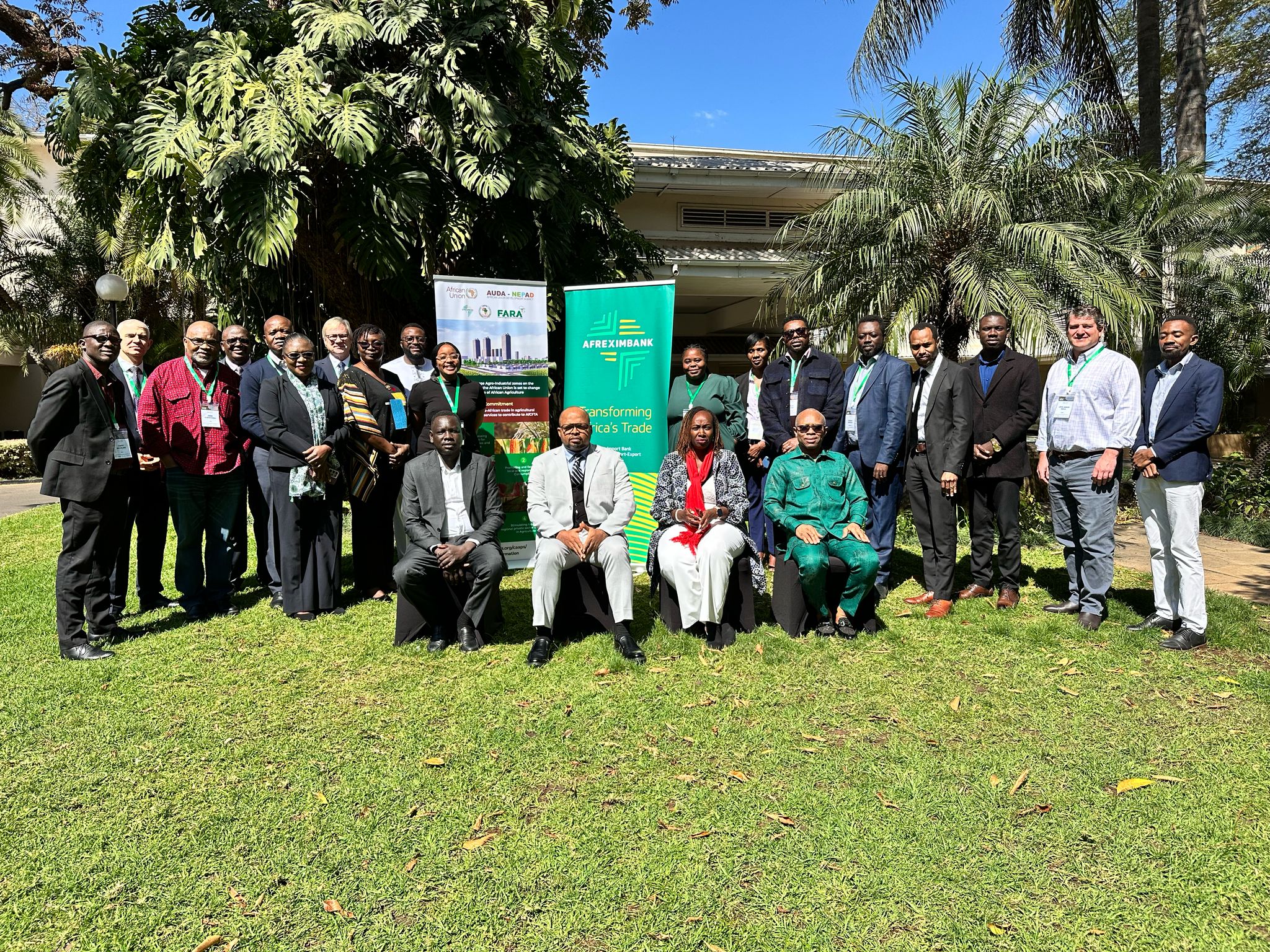
By Happy Mulolani
IN its continued efforts to catalyse Africa’s development, the Common African Agro Parks(CAAPs) have continued to engage with donors, member states, regional economic communities, and the private sector to crowd in investments.
CAAPs are vehicles aimed at promoting cross-border projects that leverage initiatives focusing on building their priority or strategic commodities. In essence, it focuses on agricultural value chains and agribusiness value chains. This approach is expected to spur economic development and transformation in Africa.
So far, two major agro parks have been initiated, including the Zambia and Zimbabwe agriculture value chain agreement signed in 2021, valued at US$12million, which is the first-ever Common Agro Industrial Park (CAIP) expected to stimulate regional trade in the Southern Africa region, as well as the Côte d’Ivoire and Ghana value chain.
Speaking during a three day Green Climate Fund workshop on Common African Agro-Parks Initiative in Lusaka recently, The Forum for Agricultural Research Coordinator, Anselme Vodounhessi, explains that the CAAPS anticipates building a megacity of regionally initiated industries to meet Africa’s food demands.
Currently, Africa spends over US$100 billion annually on food imports to feed its population. To overcome these hurdles, the CAAPs can access finance through the Green Climate Fund (GCF) in alignment with key priority areas of intervention, given the prevalent climatic shocks that tend to affect food production and productivity.
“Over the past year, FARA has steered an inclusive, evidence-based process involving over a dozen institutions and experts. This process culminated in the articulation of seven Programme Clusters, designed not simply to finance projects, but to structurally shift agro-industrial development in Africa towards a green and resilient paradigm,” Mr Vodounhessi stated.
He disclosed that every cluster responds to key bottlenecks, including “weak enabling environments, missing value chain infrastructure, low bankability of SMEs, limited trade integration, and fragmented knowledge systems.”
Mr Vodounhessi reiterated that with adequate financing, it would help CAAPs tackle direct emission reductions of over 12.2million per year through appropriate interventions like renewable energy integration, biofertiliser production, and regenerative agriculture.
He further said over four million hectares of land will be rehabilitated, and it is also expected that climate services will be mainstreamed for 10million smallholder farmers.
This, points to the relevance of the GCF funds to address the prevailing climatic changes.
“A strategic leverage ratio of 4:1, with GCF resources acting as catalytic capital within a broader US$2.5 billion investment is targeted for Green Infrastructure Development within the CAAPs framework,” Mr Vodounhessi said.
In his remarks, African Union Commission (AUC) Representative Kennedy Ayason, reaffirmed the collective determination and efforts of member countries to shape Africa’s trajectory through “climate-responsive industrialisation, resilient food systems, and regional economic integration.”
Mr Ayason pointed out that despite Africa being endowed with abundant natural resources, a vibrant youth demographic, and a vast agricultural potential, the continent is threatened with unprecedented climatic challenges such as rising temperatures, erratic precipitation, land degradation, and increasing food insecurity.
This provides the opportunity for CAAPs initiatives to emerge as a strategic continental response and not necessarily as a project. Therefore, CAAPs is not just GCF ready, but is GCF relevant.
Pan African Agribusiness Apex Chamber Programme Director, Wisdom Adongo, explains that for CAAPs to access funds under the Green Climate Fund, country action areas need to align with the Green Climate Fund guidelines.
“National Determined Contributions and National Adaptation Plans are required to be in tandem with climate policies to effectively work in our regional initiatives,” Mr Adongo said.
He pointed out the need for a framework that takes into account the Nationally Determined Contributions each country sets to achieve.
“Financing for CAAPs needs to align with NDCs, and the country’s actions and targets,” Mr Adongo stated.
While, Chola Mfula of the African Union Development Agency (AUD-NEPAD), concurs that the NDCs are a premise every country sets targets, and needs to examine whether this approach works, given that the projects being focused on are at the regional level.
Mr Mfula attests to the myriad of opportunities and markets that exist, which require tapping and exploiting within the confines of the CAAPs.
“What is required is to critically look at regional investment plans, such as the CAAPs Zimbabwe and Zambia agriculture value chain,” he stated.
The CAAPs model envisages to industrialise Africa’s agriculture with some positive strides. The strategic relevance of Direct Finance Institutions (DFIs) is to help with trade facilitation, infrastructure financing, institutional strengthening, and project preparation, including financing feasibility studies, master plans, and technical assistance.
Notably, CAAPs is a flagship project to achieve NDCs and impact credit actions. This would also prompt other countries to take a leaf from this approach once it succeeds.
